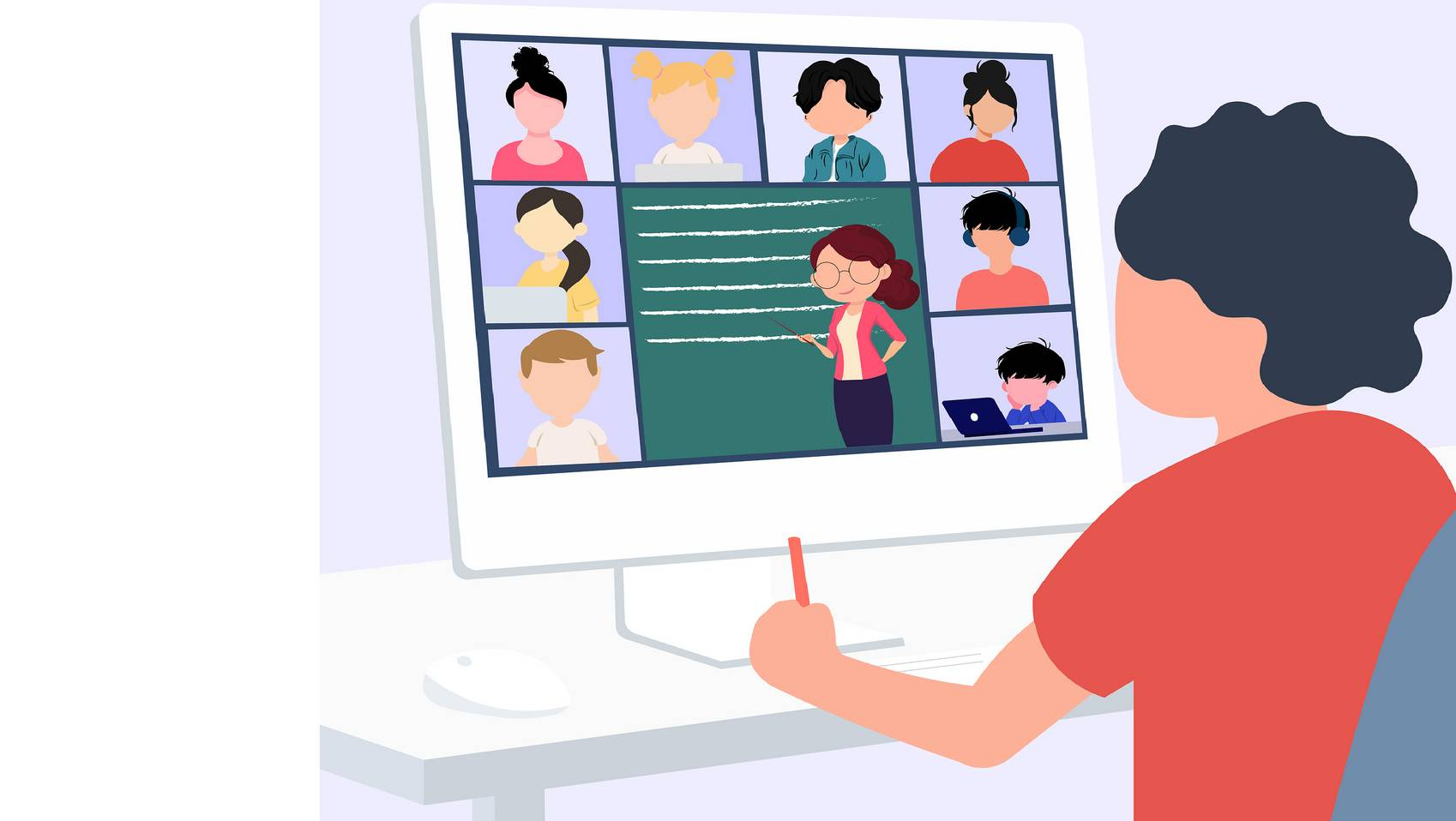Distance learning
Distance education has been around for a long time. Thousands of students have completed distance learning over the past century. However, the Internet is promoting new types of interactive distance learning at both the school and university levels, and correspondence distance courses entered the lives of pupils, students and workers around the world.
For example, the University of Phoenix is known for its tens of thousands of online students across the country. Leading universities, including Stanford, Harvard, MIT, and Carnegie Mellon, offer a variety of remote courses. The UK Open University model has spread throughout the world. In addition, more than 24 states have created virtual high schools to provide students with courses not offered at their own schools. Distance education is already widespread and will inevitably grow in the coming decades.

When busy people realize they need more education, they are increasingly choosing distance learning courses. Often people find that they need another degree to advance in their career, and distance learning courses are the easiest way to earn that degree. Although distance education has an advantage in adult education, the recent development of virtual schools is challenging conventional public schools by providing affordable alternatives.
Of course, distance education is not a new phenomenon. Previously, users received and returned lecture videos by mail. Then technological advancements allowed video streaming and then teleconferencing. Today, face-to-face communication has become commonplace through Skype or mobile phone applications. Institutions are practically expanding their geographic boundaries, competing for access to users around the world. The demand for distance learning courses is growing. Libraries have long been involved in providing library services to distance learning students, so it is not surprising that providing library instruction to these students has become an increasing priority for many libraries. A review of library job postings during the second half of 2012 shows that libraries are hiring librarians who have full responsibility for distance learning and developing instruction for remote learners. This is a growing problem.
In an effort to assure ourselves that we are providing good and valuable instruction to distance education students, many libraries provide interactive learning materials and web pages. I believe it's best if we don't get too caught up in a particular technology or software or a single technological answer to all our remote information literacy needs. Creating e-learning information literacy modules, constructing them correctly, and then assessing student learning is a complex task that requires both time and a skill set that few of us possess. Whatever we do online, we must promote quality and value and ask tough questions about effectiveness and value. The Characteristics apply to all of our teaching efforts, whether online or in a more traditional setting. Best practices in strategic planning, administrative and institutional support, staffing, pedagogy, and assessment are relevant both in the blackboard classroom and in the chat room in the course management system.



